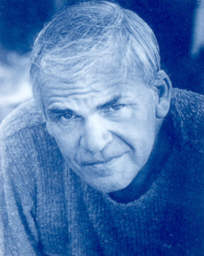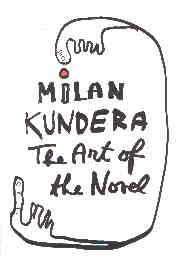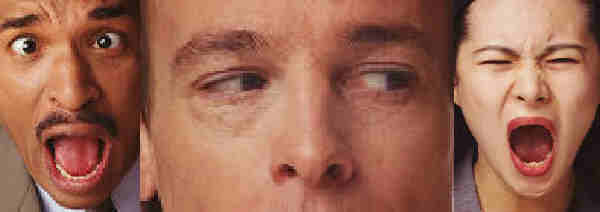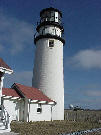In 1985 Kundera decided that he would no longer give interviews to journalists who subsequently butchered up his words into unrecognizable shards. He began to insist on co-editing any interview and holding the copyright. This book is the result of an extensive interview made shortly after his decision. His views of the novel as a work of art are incisive, at times jolting, and always refreshing. He claims that great novels are noted by the things they aim for, but never quite reach - the striving of a writer to discover something within in the process of writing the novel. Novels must have two levels: theme and story - like a two-layered cake, the theme and story must fill the entire novel - or else the story without the theme becomes flat.
Like great musical compositions, novels must have polyphonic confrontation in which each voice is as prominent as the others. Kundera studied music composition till age 25 and brings his comprehensive musical knowledge to bear in providing insights into the understanding of the art of the novel.
What make a story Kafkan (Kafka-like)? It is the presence of a "boundless labyrinth" in the face of the state bureaucracy that the key character must confront. Like the story of the engineer falsely accused of making a statement that he wished to emigrate - he is finally forced to emigrate when all his attempts to correct the falsehood meet dead ends in the endless corridors of the state.
Poetry and philosophy, Kundera says, cannot incorporate the novel in their works, but the novel can incorporate poetry and philosophy. The novel, he tells us, is about man's being. What it means to be in the world.
A true artist, whether painter or novelist, seeks the "truth behind," a hitherto undiscovered truth, but one always there "behind" reality. The artist who engages in the service of an already known truth has renounced the mission of art and is engaged in the mundane activity of proselytizing - whether the truth be the virtues of Communism or Christianity. "A poet who serves any truth other than the truth to be discovered is a false prophet.
Sample of Kundera's poetic flights of prose:
Beauty in art: the sudden kindled light of the never-before-. This light that radiates from the great novels time can never dim, for human existence is perpetually being forgotten by man, and thus the novelists' discoveries, however old they may be, will never cease to astonish us.
This man, when he dines alone, is in the presence of genius.
~~~~~~~~~~~~~~~~~~~~~~~~~~~~~~~~~~~~~~~~~~~~~~~~~~~~~~~~~~
 ~~~~~~~~~~~~~~~~~~~~~~~~~~~~~~~~~~~~~~~~~~~~~~~~~~~~~~
~~~~~~~~~~~~~~~~~~~~~~~~~~~~~~~~~~~~~~~~~~~~~~~~~~~~~~




